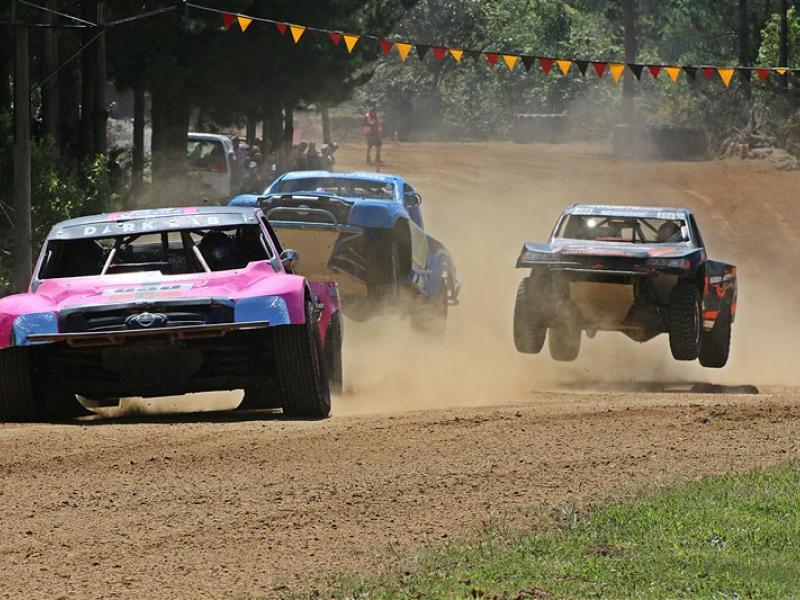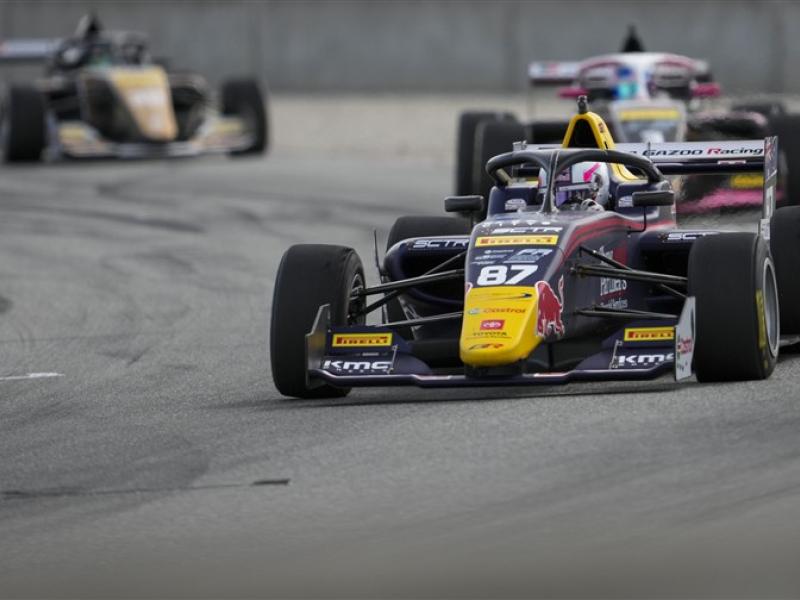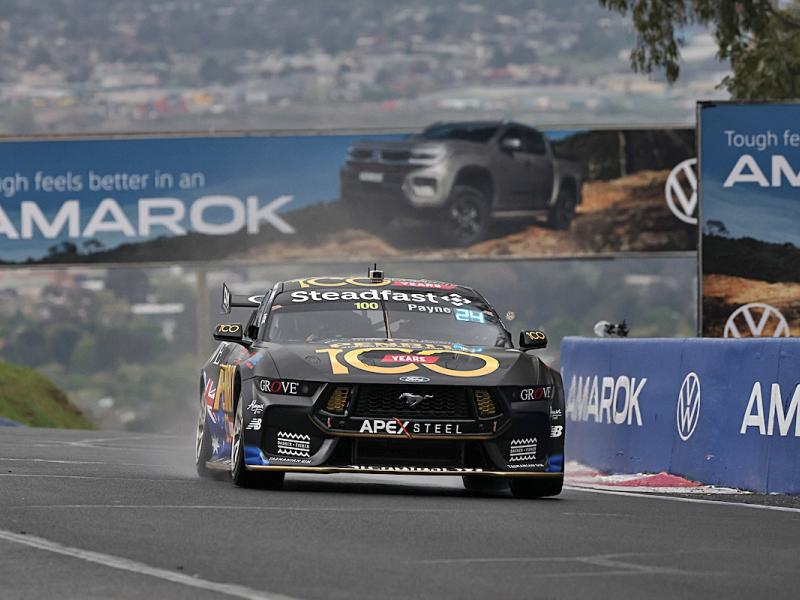| Formula One rules are being given a big shake-up – including a move to four-cylinder engines. That move, which takes effect in 2013, will see the world’s top racing cars running little 1.6 litre engines, smaller than the average Toyota Corolla’s. However the motors will be turbocharged and no doubt the cars will still be very fast. Back in the last turbo era BMW supplied four-cylinder, 1.5 litre engines that could make as much as 1500hp in qualifying form. The output was reduced for the races to improve reliability. Presumably the FIA (the world motorsport governing body) will restrict turbo boost pressure to keep power down for safety reasons as well as reliability – in 2013 each driver will have just five engines to see him through what is now a very long season. The new engines will be limited to 12,000rpm. That’s a lot more than road cars can do now, but recent F1 engines have revved as high as 19,000rpm. With hybrid technology (more on that later), the FIA reckons the new engines will be about as powerful as the current 2.4 litre V8s. Four-cylinder engines sound pretty mundane when we now have V8s and not long ago V10s and V12s, not to mention the BRM V16 of the 1950s. But the FIA feels the need to be greener and more politically correct – after all, motor racing is a pretty conspicuous waste of a diminishing resource. The new engines will be 35 percent more fuel-efficient. And there is a trend towards turbos in the road-car industry. In some performance cars, for example, V8s are being replaced by turbo sixes, which are more economical and less polluting. And Volkswagen, for example, is now fitting some of its cars with relatively small four-cylinder turbo engines to get the best balance of performance, economy and clean-burning. Another change comes in this year, although really it is a reversion to 2009. A system called KERS (Kinetic Energy Recovery System) was introduced for the 2009 season, though not all teams used it, and then dropped for 2010. Now it’s back, and will probably work better with more time for development. Essentially KERS is similar to the hybrid systems used on road cars like the Toyota Prius and Honda Insight. Under braking, energy is generated and stored in batteries. This stored energy can then be released to an electric motor – giving a useful power boost for a short period of time. There are two advantages for F1 in bringing back KERS. First, it is good public relations – the sport is seen to be using cleaner technologies for powering its cars. Second, it might make overtaking a little less difficult. The difficulty of overtaking in F1 cars has led to criticism that the racing is boring – the cars just follow one another round and round and nothing happens. With KERS, the driver has the opportunity to use a “push to pass” button when he is close behind another car and the extra power might be enough to get him past by the end of the straight. On the other hand, the driver in front can probably do the same to protect his position. Both the turbo formula and KERS give the manufacturers involved the opportunity to tell the world that the technology they are developing for F1 racing will help them produce better road cars. It used to be said that “Racing improves the breed” as technologies like disc brakes were pioneered in racing and then transferred to production cars. That cannot be said of current F1 cars, where smart aerodynamic design is the key to success and engine development is severely restricted under the rules. The engine restrictions are mainly an attempt to reduce the massive costs of racing F1, but they also have the effect of keeping maximum speeds down which is a safety benefit. These two changes have been welcomed by Team Lotus head Tony Fernandes. “We’ve now got the scenario of F1 being very relevant to the car industry but most importantly, F1 being very relevant to the environment,” he said in an interview with Autosport magazine. “The fact that we can reduce fuel consumption by 35 per cent is phenomenal – imagine if we could transfer that to every car out there.” Further development of KERS could greatly increase its efficiency, Fernandes reckoned. That technology could certainly benefit road cars. Of course you don’t get much for nothing. KERS adds about 35kg to the weight of an F1 car, which is a lot when the minimum weight – including driver – is 620kg. That limit has been raised from 605kg this year to make KERS more beneficial. Even with KERS, teams can still build cars well under the minimum limit. However they will now have less opportunity to use ballast to achieve the optimum weight distribution, as they will need less ballast to get them up to the limit. For 2011 at least the rules limit KERS to providing an extra 60kW (80hp) and the maximum storage capacity is such that drivers can use it for about 6.7 seconds per lap. They can use it all at once, probably on the main straight, or in a number of shorter bursts. Team engineers will be hard at work to optimise the use of KERS at each circuit or in each race situation. |
Two other rule changes this season will reduce the aerodynamic efficiency of the cars. Double diffusers, which increase downforce, are banned, and so is the so-called F-duct. Introduced by McLaren last year and copied by other teams, the F-duct allows the driver to reduce the airflow over the rear wing on the straights, thus reducing drag and increasing speed.
|





